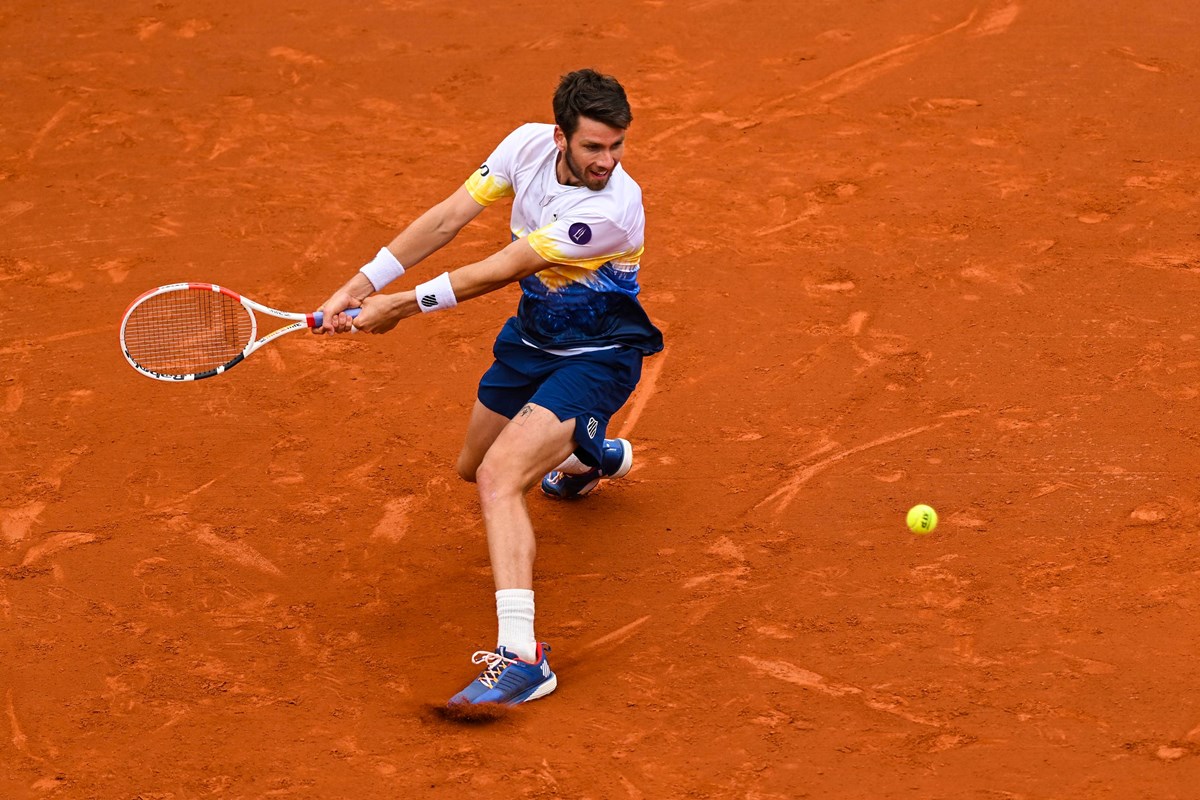EXCLUSIVE
How to transition from clay to grass

Out with the clay and in with the grass – we’ve finally reached the most exciting part of the tennis calendar, the summer grass court season.
Through a year in the life of a tennis pro on tour, the transition from playing on the clay to the fast-paced grass can be one of the biggest challenges they face – but why is that the case?
Leading LTA coaches Jo Ward and Matt Smith are on hand to break down the differences between the surfaces and things you can do in your own game to improve your performances moving from clay to grass in the future.
Master the bounce
When we look at breaking down the transition from clay to grass, there are four key categories of difference to consider: the surface characteristics, movement, tactics, and technique.
Let’s start with the surface. Clay is traditionally known for having a loose, red top surface, whereas grass is a tightly mown lawn and more of a classic style of tennis court. Generally, clay is more common these days as you can play on it all year around, while the grass is usually reserved for the summer season.
It’s important to note that not all grass courts are like the ones you see at Wimbledon and can behave slightly differently.
That being said – one of the biggest differences between the two is how they affect the way a tennis ball bounces.
On clay the ball will bounce higher and sit up more, giving you more time to reach your opponent’s shots. The bounce will also be more consistent, making it much easier to read the ball coming back to you.
Grass on the other hand does the opposite. The ball tends to bounce much lower and shoots off the surface. There is much more variation in the bounce off the grass, so you’ll need to be able to stay agile and adapt quickly to different variations of spin.
Slide vs speed
So, what about movement? The obvious difference is the slide.
The loose surface you get on clay lends itself to sliding into position around the ball, allowing you to then push off and change direction quicker. A unique feature to this surface, although some elite players now able to somehow slide on hard court also for extreme shots.

However, when you move onto the grass, the attention changes from sliding to speed and using your legs to get into a lower body position. As the ball tends to skid through a bit more on grass, the pace increases and points are shorter, so you’ll need to get around the court much faster. There is more advantage to attacking the net on grass, so acceleration is key.
Choosing the right footwear can help here. Clay court trainers tend to have herringbone grooves on the sole (zig-zags) to grip the clay, which is why you often see players tap the bottom of their shoes to dislodge the loose dirt.
Grass trainers are specific to the surface and have a dimpled sole which provide great grip on what can be a slippery surface, without damaging the ground.
Breaking down the tactics
As both surfaces play so differently, you’ll want to consider more tactical variations.
On clay consistency is the name of the game. You want to try and give the ball a decent margin above the net to avoid errors and work your opponent side to side from the baseline. Rallies tend to be longer, so you need good stamina and mental resilience to almost outlast your opponent and force more errors.

When you move to the grass however, your serve and volleys can be your biggest weapons. A fast or even just well-placed serve is more effective on the grass than any other surface with the pace of the ball making it harder to return. Combining a strong serve with a quick approach to the net can be almost unstoppable on grass if you get it right.
Topspin or slice? Choose your weapon
There is a time and a place for all variations of spin on both surfaces, so don’t try and limit yourself too much – changing things up in a rally can make it difficult for your opponent to adjust and adapt.
That being said, clay does tend to lend itself more to topspin as the ball will tend to sit up a bit higher and this will help you build your consistency in the rally. Don’t underestimate a change in spin, however, to mix things up for your opponent.

The low bounce on grass however can make the slice your biggest weapon. You’ll notice in the pro game that players will use slice much more often to keep the ball skidding through, making it tough for your opponent to hit an effective return.
The best technique on any shot is both repeatable and adaptable, and switching from clay to grass certainly challenges players technically. One example is that when playing on grass your groundstroke swings will get shorter to accommodate the speed and unpredictability of the bounce.
In summary, changing surface, and adapting your game to suit, is a fantastic way to build skill on a tennis court. The ability to switch up your movement, contacts on the ball, spins, tactics and technique are all great tools to have on a match court, whatever your level.

